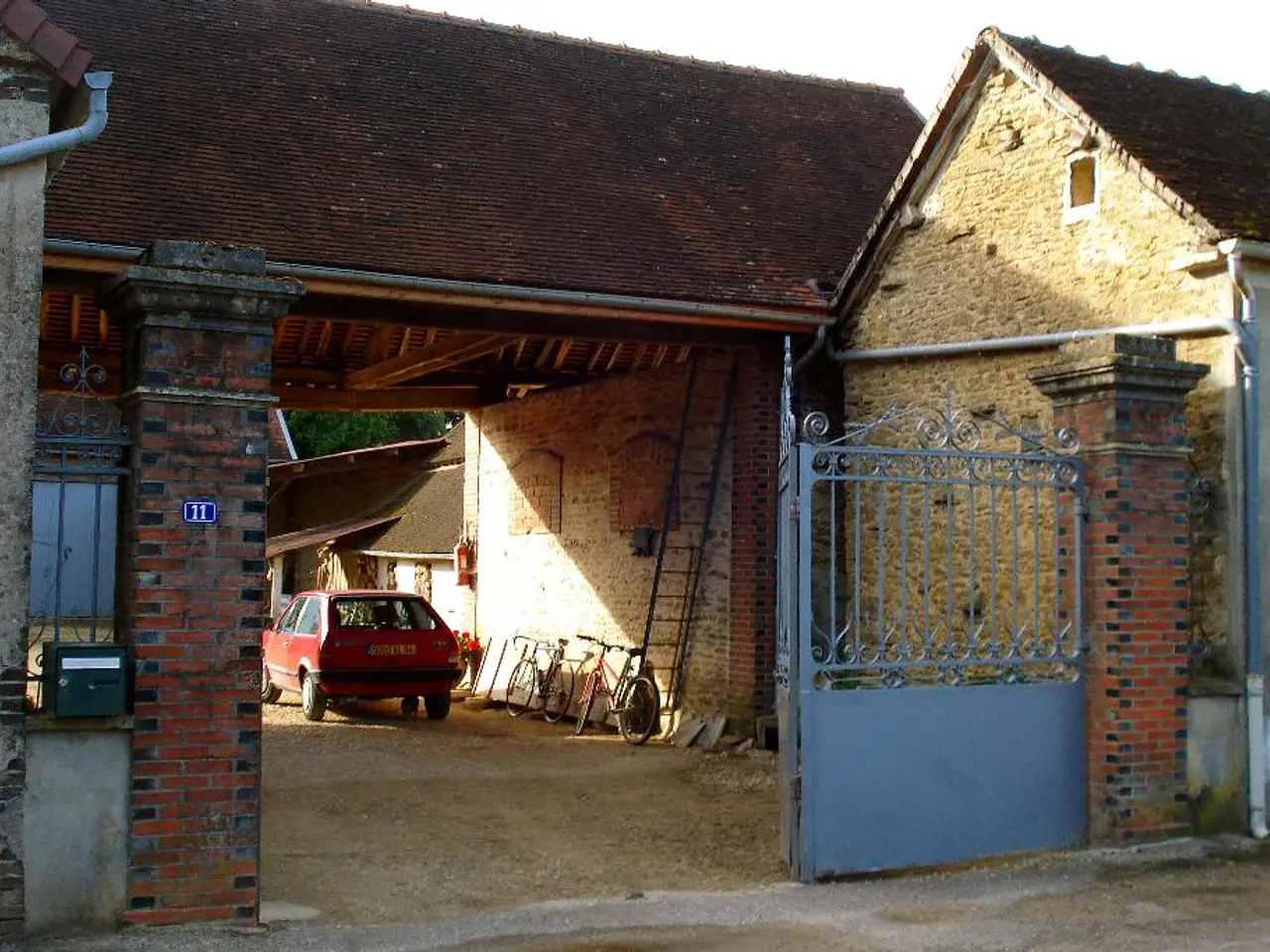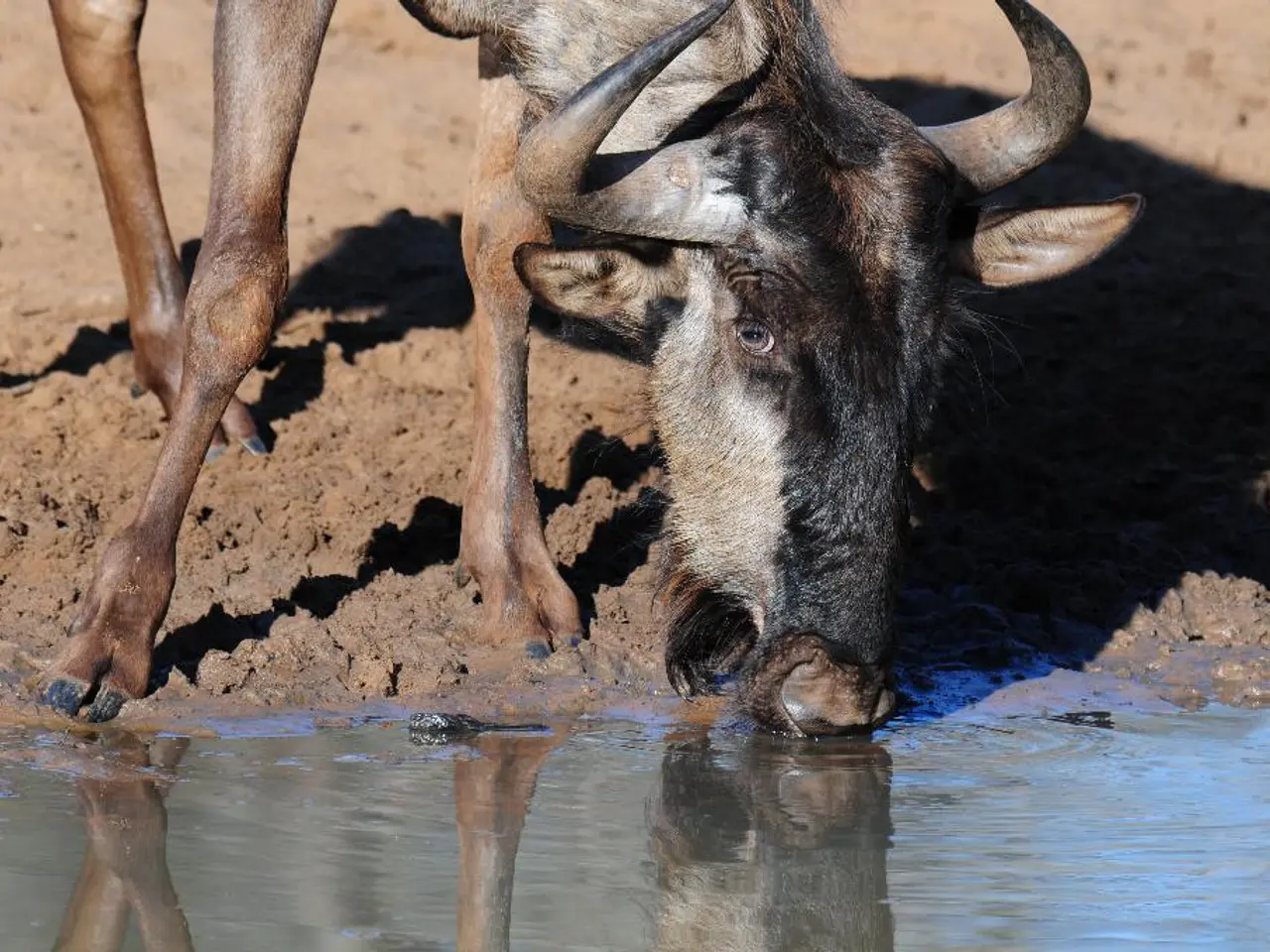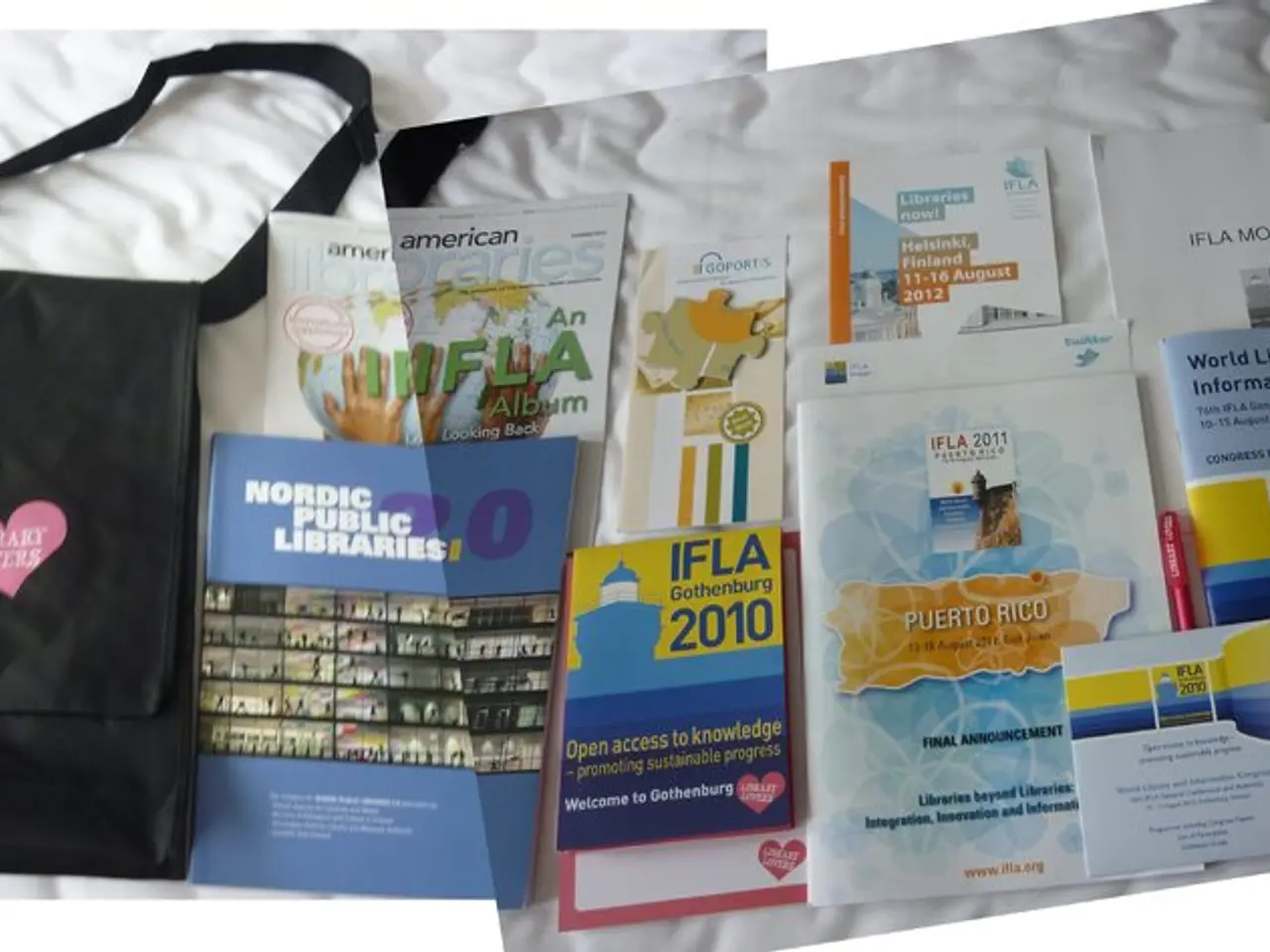Carrier disables hold function.
Record Car Sales in July 2025 Drive Russian Market Forward
July 2025 witnessed a remarkable surge in car sales in Russia, with the market showing its best results since the beginning of the year. The record-breaking sales were driven by a combination of factors, including consumer resilience, strategic incentive management by automakers, and market timing effects.
In a surprising turn of events, Lada remained the market leader with a 16.9% increase in sales, reaching 28,240 units. Close behind was Chery, which took second place with a significant 52.4% increase in sales, totaling 13,500 units. Haval dropped to third place with a 43% increase, selling 13,120 units. Geely and Changan followed, with sales increases of 36% and 23% respectively.
The Central Bank's rate cut made loans and producer subsidies more affordable for consumers, contributing to the increase in car sales, according to Maxim Kadakov, chief editor of "Behind the Wheel" magazine. Additionally, favourable discount offers from dealers and distributors also stimulated the increase in car sales. Banks lowered deposit rates in July, leading to a shift of Russians' savings towards car purchases, as per Renat Tyuktaev, deputy general director for sales of new cars at the "Avilon" automotive holding.
The most popular models in the new car market in July were Lada Granta, Lada Vesta, Haval Jolion, Chery Tiggo 4, and the Belgee X50. Some consumers may have been activated due to news about the planned indexing of the recycling fee for vehicles with an engine capacity of 160 hp and above.
Despite the positive dynamics, the situation with inventory on the market remains the same, with a trend towards reducing stocks, according to a survey by "Kommersant". Nikolai Ivanov, director of the new car sales department at Rolf, believes that the current stock situation is still not "healthy" and changes are not expected until the end of the year. Given the clearance of warehouses, August 2025 is likely to continue the trend of July and sales could reach 110-130 thousand cars, predicts Andrei Terlyukevich.
However, Vadim Kadakov predicts that there is no need to expect a decrease in car prices, but an increase is possible in the future. The news background in July 2025, including the confirmation that none of the departed brands would return to Russia, contributed to the positive dynamics in car sales.
In a previous attempt to keep the volume of new car sales within a 25-30% year-on-year decline, Anton Alikhanov, Minister of Industry and Trade, had expressed his concerns. However, the July 2025 results have shown a year-on-year decline of 11.4%. Despite this decline, the month-on-month growth of 33.9% compared to June 2025 indicates a strong month-on-month performance.
The shift towards light-trucks and SUVs is evident, with light-truck sales growing 7.1% year-on-year and making up 84% of sales in the U.S., while passenger vehicle sales declined 11.5% year-on-year. This trend is also visible in Russia, with consumers showing a preference towards trucks and SUVs.
The record results stem from a mixture of rising light-truck popularity, consumer adaptation to financing and pricing environment, strategic incentive management by automakers, and market timing effects including federal EV credit incentives. The approaching expiration of federal EV tax credits (up to $7,500) by September 30th also accelerated EV purchases.
Experts predict that the combination of resilient consumer demand, evolving product mix favoring trucks and hybrids, and timing factors such as impending EV credit expiration are expected to sustain strong sales into August 2025.
Football and basketball games often serve as a distraction for many Russians from the economic news, providing a moment of relief and entertainment. In the wake of the record-breaking car sales in July 2025, it's possible that some sporting events might have witnessed a similar boost, with excited car owners potentially attending sports events to celebrate their new acquisitions.






